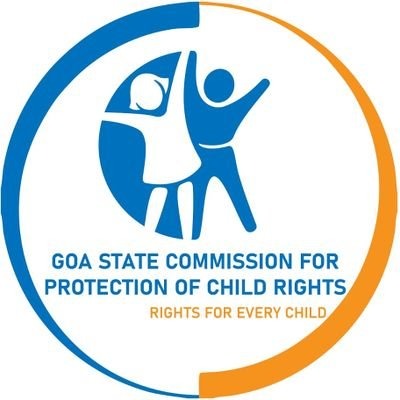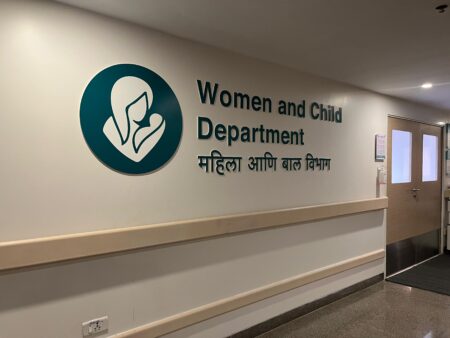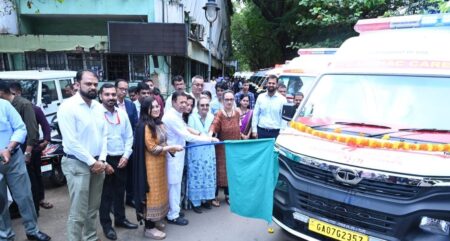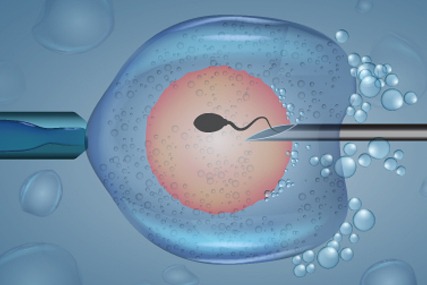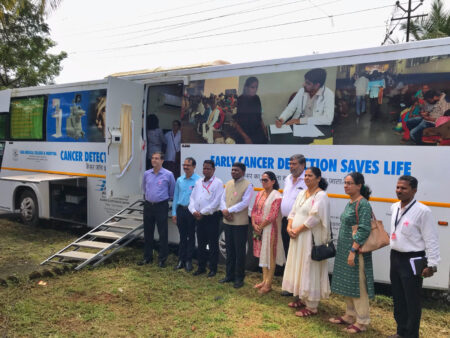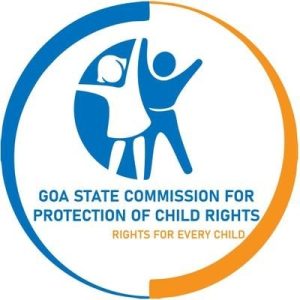 Goemkarponn Desk
Goemkarponn Desk
PANAJI: The Goa SCPCR conducted a meeting with stakeholders and advocacy groups to review the response to rare disease among children in Goa in the Chambers of Chairperson yesterday.
In the opening remarks, Peter F. Borges, Chairperson said that children affected by rare diseases are currently marginalized and invisible and have a right to life, health, good quality of life and holistic development and good quality of treatment and care. They are living with chronic and complex conditions, with increased suffering, requiring multidisciplinary care.
Further, Borges said that caring for such children entails lifelong challenges and personal sacrifice of many parents, most of which disproportionately falls upon women, particularly mothers, forcing them to abandon their employment with very direct implication on their economic conditions, with scant support and social protection from government.
The key recommendations proposed by the Commission, besides calling for effective implementation of National Policy for Rare Diseases, 2021 in Goa includes Urgently identify and create a registry of children with rare diseases as notified in the National Policy for Rare Diseases, 2021, to understand the burden in the state and include other rare diseases which are not listed in the policy, in the registry.
All children living with rare diseases in Goa should be identified and referred to Centre of Excellence for provision of financial support of Rs. 50 lakhs and other services as per National Policy for Rare Diseases, 2021.
Include children with rare disease as a category for social protection benefits through Dayanand Social Security Scheme by Social Welfare to ease financial hardship in families of children with rare disease, i.e. to purchase specialized equipment and compensate for loss of income to care givers.
Provide for home-based education with appointment home based educators for children with rare diseases under the Samagra Shiksha. Children with rare diseases face great difficulty to attend school due to inaccessibility of facilities and non-adapted teaching methods and due to prejudice, stigma, and discrimination.


